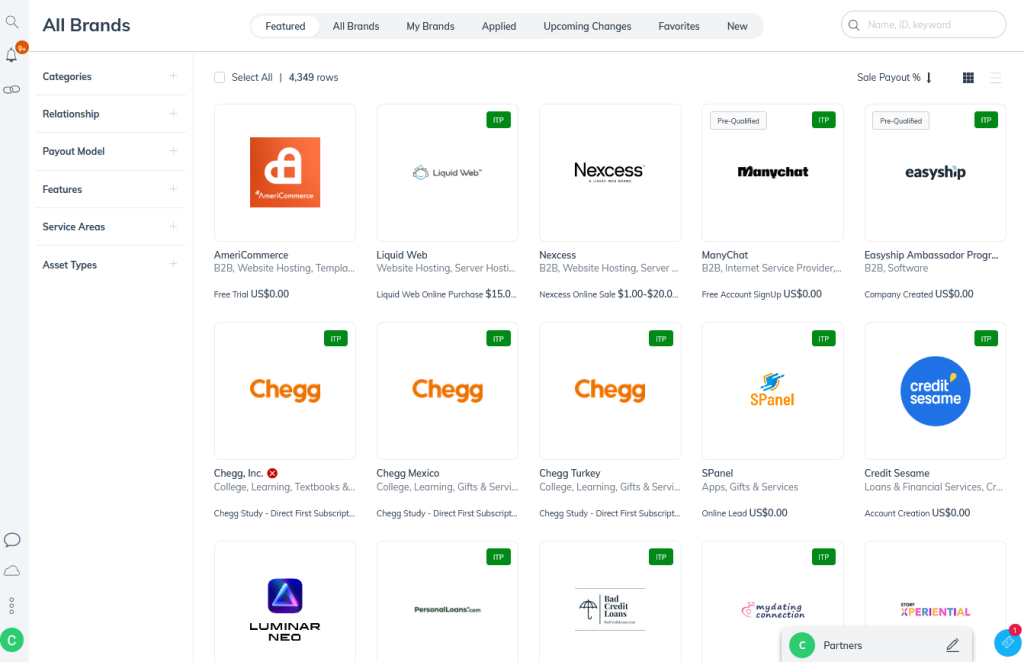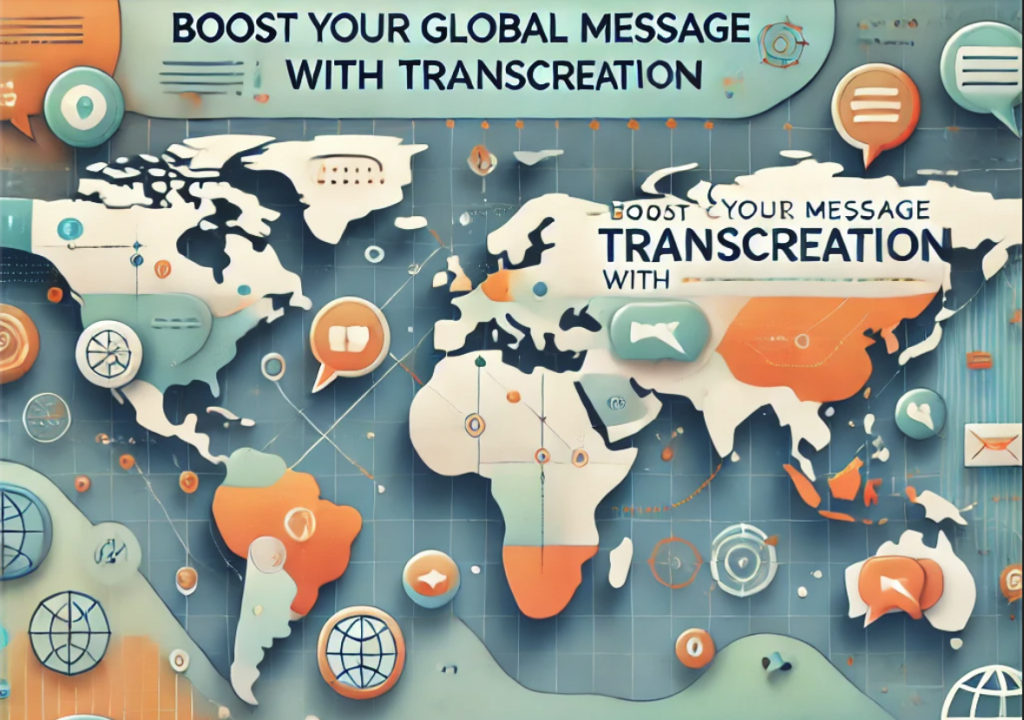Let’s be honest. The world feels smaller than ever. A customer in Lisbon finds your handmade leather journal. A small boutique in Tokyo wants to stock your artisanal coffee beans. It’s thrilling. But then the reality hits: how on earth do you communicate with them effectively? You’re not a massive corporation with a dedicated localization team. You’re a micro-business, and every minute and every dollar counts.
That’s where smart, scalable multilingual support comes in. It’s not about being perfect in twenty languages. It’s about being present, helpful, and human in the ones that matter most to your growth. Think of it not as a cost, but as the key that unlocks new markets. Let’s dive into the practical strategies that actually work when you’re operating on a micro-budget.
Laying the Groundwork: Your Multilingual Foundation
Before you start replying to emails in French, you need a plan. Jumping in without one is a recipe for confusion and mixed messages.
Identifying Your Core Languages
You don’t need to be everywhere at once. Start by looking at your website analytics. Where are your international visitors coming from? Which countries are already making purchases, maybe despite the language barrier? This data is pure gold. It tells you exactly where the demand is. Focus on one or two languages first. Master them. Then expand.
Creating a “Glossary of Key Terms”
This is a game-changer. Create a simple, shared document—a Google Sheet works perfectly—that lists your most important business and product terms. We’re talking about your brand name, product names, core features, and common support phrases. Translate these once, and ensure everyone uses the same translations. This prevents your “premium subscription” from being called three different things in Spanish, which honestly, just looks sloppy and confuses customers.
Practical Tools for Real-World Communication
Okay, the plan is set. Now, how do you actually do it without hiring a full-time translator? Here are the tools that bridge the gap.
Leveraging Tech: More Than Just Google Translate
Sure, we all use free translation tools. They’ve gotten scarily good for getting the gist of something. But for customer-facing communication, you need a more robust approach.
Consider browser extensions like MateCat or Deepl that integrate directly into your workflow. They can translate entire emails or help tickets with a single click. The output is often more nuanced and natural-sounding than the standard freebies. For your website, plugins like Weglot or TranslatePress can auto-translate your site content and, crucially, your support pages or FAQs. It’s a fantastic first layer.
The Human Touch: Freelancers & Bilingual Staff
Tech is great, but it can’t understand sarcasm, cultural nuance, or a really complex problem. For your core languages, build a small roster of trusted freelance translators on platforms like Upwork or Fiverr. You don’t need them on retainer; just have them on call for proofreading automated translations or handling sensitive customer issues.
And don’t forget the talent you might already have! Does your part-time social media manager speak fluent Italian? Maybe they’d be willing to handle Italian customer queries for a small bonus. Leverage the hidden skills within your tiny team.
Crafting Your Multilingual Customer Experience
Support is more than just answering emails. It’s the entire journey a customer takes with your brand. Here’s how to make that journey smooth, no matter the language.
Building a Multilingual Knowledge Base
This is arguably your most powerful tool. A well-organized FAQ or help center in your target languages can deflect up to 80% of simple support tickets. Customers can self-serve, getting instant answers to common questions like “What’s your return policy?” or “How do I track my order?” at 2 AM their time.
Start by translating your most-viewed help articles. Use your freelance translator for this to ensure quality. It’s a one-time investment that pays dividends forever in reduced support load.
Setting Clear Expectations
Transparency builds trust. If you’re using automated translation for live chat, be upfront about it. A simple, “We’re using a translation tool to assist us, so please bear with us!” goes a long way. Customers appreciate the honesty and are often more forgiving of minor errors.
Also, manage response time expectations. An auto-responder in the customer’s language that says, “Thank you for your message in [Language]. Our team typically responds within 24 hours,” sets a clear and professional standard.
Common Pitfalls and How to Sidestep Them
Even with the best intentions, things can go sideways. Here are a few classic mistakes and how to avoid them.
| The Pitfall | The Smart Solution |
| Literal, word-for-word translation that sounds robotic. | Invest in a native speaker for key content. Focus on conveying the meaning and tone, not just the words. |
| Ignoring cultural context and local norms. | Ask your translator about local etiquette. For example, the level of formality used in German business communication versus Brazilian. |
| Trying to support too many languages at once. | Start with your top 1-2 markets based on data. Do it well, then expand. Quality over quantity, always. |
| Forgetting about your visual content. | Images and graphics with embedded text also need translation. An infographic in English is useless to a Spanish audience. |
The Real Cost of “Going Global”
Let’s talk numbers, but not in a scary way. The investment is far less than you might think, especially when you weigh it against the potential return.
A quality freelance translator might charge $0.10-$0.20 per word. Translating your top 10 FAQ articles (maybe 2,000 words total) is a one-time cost of a few hundred dollars. A good website translation plugin might run you $100-$200 a year. Compare that to the lifetime value of just a handful of loyal international customers. Suddenly, it looks less like an expense and more like the smartest marketing spend you’ll make.
You know, the barrier to entry is surprisingly low. The real differentiator isn’t budget—it’s intention. It’s the willingness to meet your customers where they are, in the language they dream in.
Speaking Their Language is Speaking the Language of Growth
At its heart, multilingual support isn’t a technical challenge. It’s a profound gesture of respect. It tells a customer halfway across the globe that they matter enough for you to make the effort. In a noisy, digital marketplace, that human connection is your superpower. It’s what transforms a one-time international buyer into a vocal advocate for your brand.
So start small. Pick one language. Translate your five best help articles. Set up that simple glossary. Each step is a brick in a bridge—a bridge that connects your passion to a world waiting to discover it.




